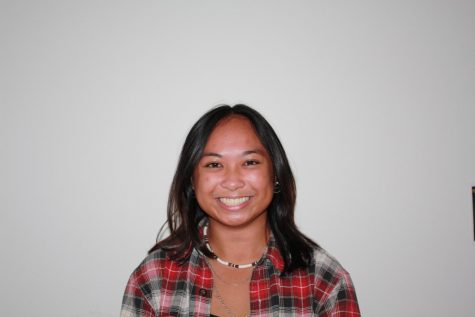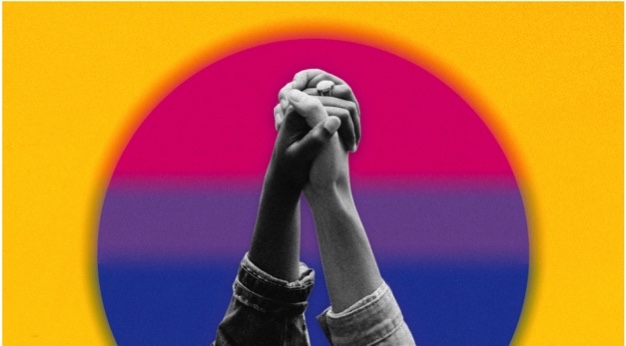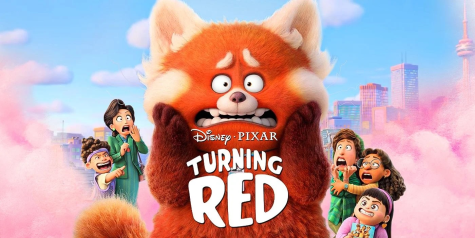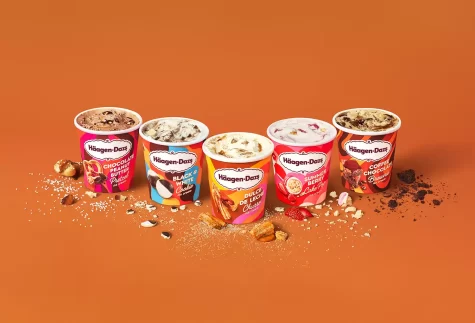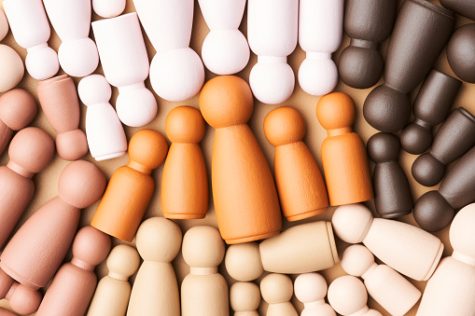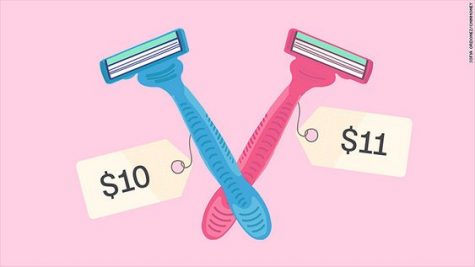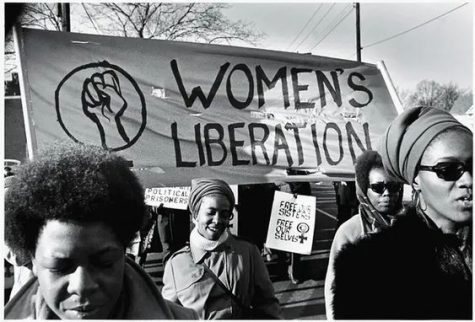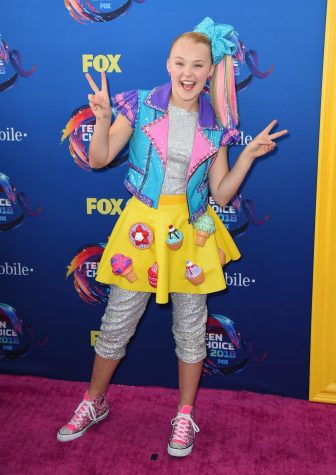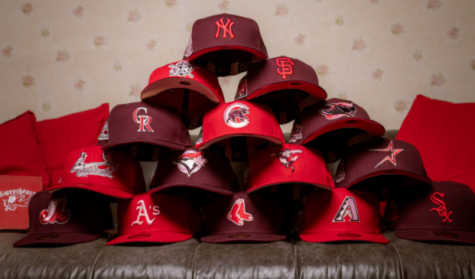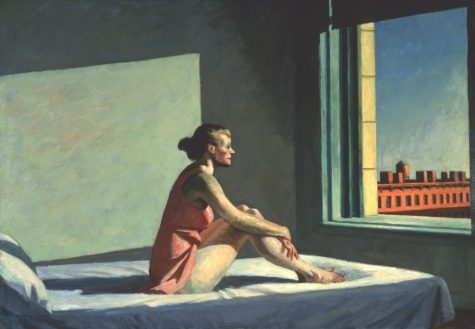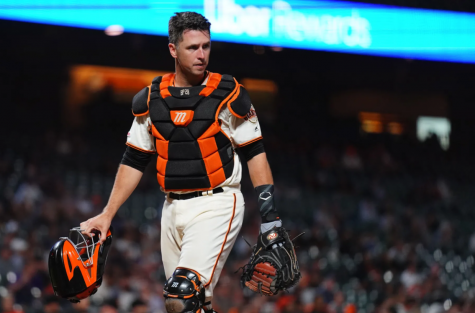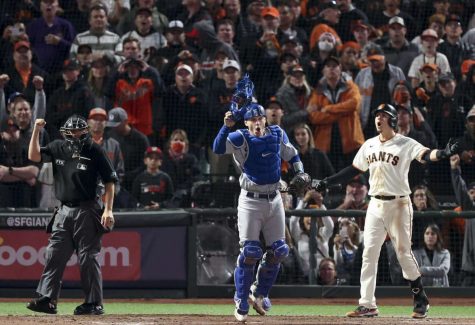An overdue “good-bi” to biphobia
The year is 2015 — Obama is president, Rihanna’s eighth album has yet to be released and same-sex marriage had become a constitutional right. It was during this time where I had begun exploring the world outside the two-bedroom apartment I lived in, learning about government, pop culture slang and the LGBTQ+ community that up until then, I had no idea existed.
Growing up, I lived in a predominantly cisgendered-heterosexualized environment which molded the understanding of my life. It had been drilled into my mind that you are either a man or woman and therefore belong to one of the opposite gender. But life, as I have so far found, is so much more complicated, bigger and wonderful than that.
I began to understand that some people did not identify with she/her or he/his or gender all together and I also understood that sexuality was not limited to an attraction between males and females but rather a wide variety of orientations. I witnessed how different combinations of colors began to mean something to people and that a person’s love is not exclusive to any particular gender, race, religious beliefs, age or any other boundaries.
While learning and exploring the different kinds of sexualities along with my own, I came across those that live under the pink, purple and blue banner of bisexuality — their population making themselves to be the single largest group of the LGBTQ+ community, and one of the most hated.
It is found that bisexuality in particular is a tricky thing as compared to other non-cisgendered/heterosexual groups, there is no clear definition of what it means to be a bisexual person. It is generally accepted that one who can be attracted to more than one gender is considered bisexual — a broad definition that allows an individual to shape their identity to better suit themselves. This open-interpretation, however, allows for the occurrence of biphobia and bi-erasure within both within and outside of the LGBTQ+ community to undermine the legitimacy of the bisexual identity through jokes and comments based on myths and stereotypes.
In these cases, bisexual people are occassionally assumed to be either straight or gay depending on the gender of the person they are dating — typically being portrayed as a transitional period of a “coming-out process” (usually from heterosexual to homosexual), rather than their own individual sexual orientation. The struggle to understand bisexuality as something beyond a phase has the effect of associating bisexuality for many people, both heterosexuals and lesbians/gays alike, with a “pick a side” mentality, also known as monosexism — the rejection of both a same sex or opposite sex attraction.
According to Getting Bi: Voices of Bisexuals Around the World by Robyn Ochs and Sarah E. Rowley, within heterosexual communities, the roots of homophobia and biphobia overlap in the dynamics of oppression and the particular historical contexts affecting the growth and development of individual gay, lesbian and bisexual communities. Yet, biphobia from the perspective of some lesbians/gays stem from the gatekeeping of the shared pain that comes with coming out to a society built against homosexuals and living amongst inequities. By blurring the lines of the sexual orientation spectrum, bisexuals in a sense obtain “benefits” or “privileges” denied to lesbians/gays for having the choice to choose heterosexuality. By having less of a “commitment” in being LGBTQ+, a heterosexual relationship offers one a life of familial acceptance, expanded career choices and the opportunity to raise children with societal approval.
This leads to the creation of negative stereotypes to inaccurately paint bisexual people as many things such as unfaithful or promiscuous. Accusations such as these are particularly fueled from the sexualization and fetishization of bisexuality by the male lens in the mass media, especially for woman loving woman bisexuals. While some works indeed attempt to authentically show the bisexual experince, many that showcase performative bisexuality essentially invalidate the feelings of many around the world by harmfully misrepresenting the lives of many for the heterosexual ego. It insinuates the idea that one only dates the opposite gender for validation and the same gender for attention and to indefinitely prove their sexuality, they must do so by the oversexualized standards that our dominantly heterosexual culture had set. For example, one could pressure a bisexual to kiss or have sex with another with the gender that were chosen for them.
Living under the weights of this kind of pressure ultimately damages one’s mental health and self-esteem. Through questioning one’s identity and possibly worth, internalized biphobia can manifest itself to become overpowering, and the resulting experience of isolation, illegitimacy, shame and confusion felt by many bisexuals can be disabling. In turn, the Medical News Today states that bisexual people suffer significantly higher rates of depression and anxiety, domestic violence, sexual assault and poverty than lesbians, gay men or straight cisgender people, alongside face a numerous number of major health disparities and poor healthcare outcomes from a lack of adequate preventative care.
The “B” in LGBTQ+ is not there by mistake. The letter “B” along with a flag made of pink, purple and blue rows represents a growing population of people across the globe that have found the courage and capacity to love beyond what has been for most of human history “normal”. Bisexuals are also people, and they deserve to live amongst everyone else. They must be allowed to exercise their rights, their life and love in whatever way they choose and we must support that.
“Bisexuals, along with [the LGBTQ+ community] and supportive heterosexuals must open our hearts and minds to celebrate the true diversity among us,” said Ochs and Rowle. “Our success lies in creating a space where the full spectrum of our relationships is respected and valued, including those that are unlike our own. We must remember that each person is unique and also that we have much in common. Labels can unite us, but they can also stifle us and constrict our thinking when we forget that they are merely tools. Human beings are complex, and labels will never be adequate to the task of representing us. It is impossible to reduce a lifetime of experience to a single word.”
If we do not allow biphobia, and most certainly homophobia, to control us, we can move beyond our fears and learn to value our differences as well as our similarities. The LGBTQ+ community is an oppressed group, but so are many other communities. We all hurt, cry and bleed the same, but by coming together to understand the social dynamics of injustice and stereotyping, we can overcome and achieve much.
The year is 2021 — Biden is president, Rihanna’s ninth album has yet to be released and gay marriage has been a constitutional right for five years. During this time, I am exploring the bigger world while learning APUSH, Twitter slang and about the bisexual community that I am proud to be a part of.
There are days where I doubt my ability to love both men and women, but then there are days where all that doubt is gone and in its place is unmistakable attraction. Me not being straight could have been obvious to most as their thoughts derive from my history of tomboyish adventures, my refusal to wear dresses or obsession over both Batman and Wonder Woman.
It may have taken a while for me to accept myself for who I am today, but that is okay. I am confident in saying that I occasionally scream the lyrics of “Bisexual Anthem” by Domo Wilson in the car with my best friends and that I am on “Alphabet Mafia” TikTok. It may have taken a while, but I am finally at a place in my life where I am comfortable with my bisexuality, even if others are not.
